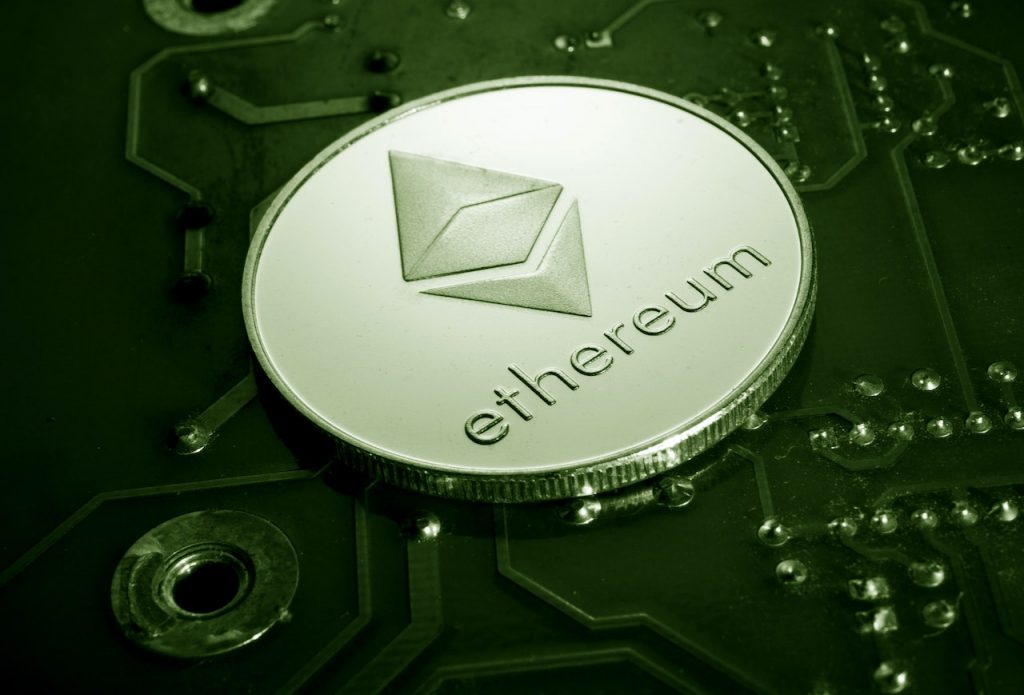
James Carter
How Another Ethereum DeFi Summer Can Power the Next Big ETH Price Rally

Even though the bear market in 2022 has been very bad, smart contract activity on the Ethereum blockchain is still pretty good. This is because Ether (ETH), which was last trading in the low $1,600s, has dropped more than 65% from its record highs in November 2021 in the $4,800s. A graph from crypto data analytics firm Glassnode shows that so-called “internal contract calls” have stayed close to their all-time high of about 4.0 million in the last few quarters.
Ethereum DeFi Summer
In the last three months, between 600,000 and 800,000 external contract calls per day have stayed close to or at record highs. Glassnode says that an Ethereum transaction can include a request to run a smart contract that has already been put on the blockchain. “When a contract is started by an Externally Owned Addresses (EOAs), this is called an external contract call… “Usually, this means that a user is starting a specific smart contract, such as an ERC-20 token transfer, a DeFi transaction, or an NFT trade,” Glassnode says.
Glassnode says this about internal contract calls: “Smart contract developers can also include contract calls that are started from inside the executed smart contract… These are called “internal contract calls,” and they let developers build and design systems that are more complex and can be added to.
NFT, ERC-20, and Stablecoin Activity Remains Robust
Smart contract activity on the Ethereum blockchain is strong because there is a lot of activity with non-fungible tokens (NFTs), ERC-20 transactions, and Stablecoin transactions. On Monday, February 27, NFT trades made up just under 16% of all transactions on Ethereum, according to a separate graph that Glassnode showed.
Transfers of ERC-20 tokens, like the movement of Shiba Inu (SHIB) tokens, made up just over 11% of all Ethereum transactions, while Stablecoin transactions made up just under 10%. “Vanilla” transactions, or transfers of ETH, came in at 28.5%, while “other” transactions came in at 31.5%. At the same time two years ago, NFTs were only used in about 1.7% of transactions, while stablecoins and ERC-20 tokens were used in about 16% and 12% of transactions, respectively.
One of the biggest areas of weakness compared to two years ago is the activity in transactions related to decentralized finance (DeFi). At the beginning of March 2021, about 12% of all Ethereum transactions were DeFi transactions. As of the end of February 2023, they only make up about 4 percent.
But DeFi Activity Has Taken A Big Blow
Given the huge drop in the total value locked (TVL) in smart contracts in the Ethereum DeFi ecosystem, this drop doesn’t come as much of a surprise. DeFi Llama says that Ethereum TVL was last worth around $64.4 billion. This is over 65% less than its record high in late 2021 when it was worth more than $197 billion. A big part of this drop happened at the same time as the collapse of the Terra DeFi ecosystem. This happened when Terra’s UST algorithmic stablecoin collapsed, which was a big blow to trust in the sector.
It stands to reason that there will be fewer interactions involving DeFi tokens on the Ethereum blockchain if there is less money contained within DeFi contracts.
A DeFi Resurgence Can Power the ETH Price Higher
When you look at the above Glassnode graph of different types of ETH transactions, one thing stands out right away. There is a clear connection between how many DeFi transactions happen and how much ETH costs. The so-called “DeFi summer” of 2020 started at the same time as the start of a long-lasting ETH bull market, which didn’t really end until 2022 when the share of DeFi transactions in total ETH transactions started to drop for good.
It’s not a big leap to think that if Ethereum’s DeFi ecosystem has another resurgence like the one that happened in the summer of 2020, this could help fuel the next ETH rally.

ETH Staking Can Power the Next DeFi Summer
ETH bulls are in luck because the next DeFi summer will soon be set off by a new catalyst. The so-called “Shanghai” upgrade is expected to be added to the mainnet by the end of the month. And this update will make it possible for the first time for people who have staked their ETH tokens to withdraw their ETH principal and earnings.
Staking ETH has been possible since late 2020, but stakers haven’t been able to get their tokens back until now. ETH investors have been put off by the fact that they can’t change how they stake their coins. As of the end of February, only 17,3 million ETH, or about 14% of the total supply, had been staked. Many other similar layer-1 blockchains that use a proof-of-stake consensus mechanism but have flexible staking have staking participation rates in the 60–70% range.
There is a lot of room for the ratio of staked ETH to total ETH to go up a lot, and decentralized liquid staking protocols like Lido and Rocket Pool could benefit a lot from this. Liquid staking is already the largest Ethereum DeFi sector by TVL (Lido, Coinbase Wrapped Staked ETH, and Rocket Pool have a combined TVL of $12.76 billion), and it looks like it will continue to grow.
This could help other areas of DeFi grow if people who have staked ETH want to get more return on their tokens. Rising DeFi TVL in the Ethereum ecosystem could help spread stories about the blockchain being used by more people and seeing big price gains in the medium to long term.
Latest
DeFi News
09 May 2024
DeFi News
19 Apr 2024
DeFi News
16 Jan 2024
DeFi News
31 Aug 2023
DeFi News
24 Jun 2023
DeFi News
24 Jun 2023













